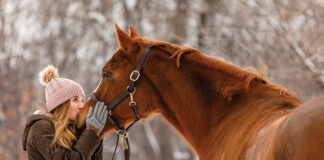Informed horse owners would never intentionally do something that could cause their horse to colic. Yet many owners unwittingly follow feeding practices that can make horses more susceptible to gastrointestinal distress and abdominal pain. Learn the most common feeding mistakes so you can tweak your routine to better protect your horses against colic, which remains the leading cause of premature equine death. Here are eight common horse feeding mistakes to avoid.
1. Lack of Forage
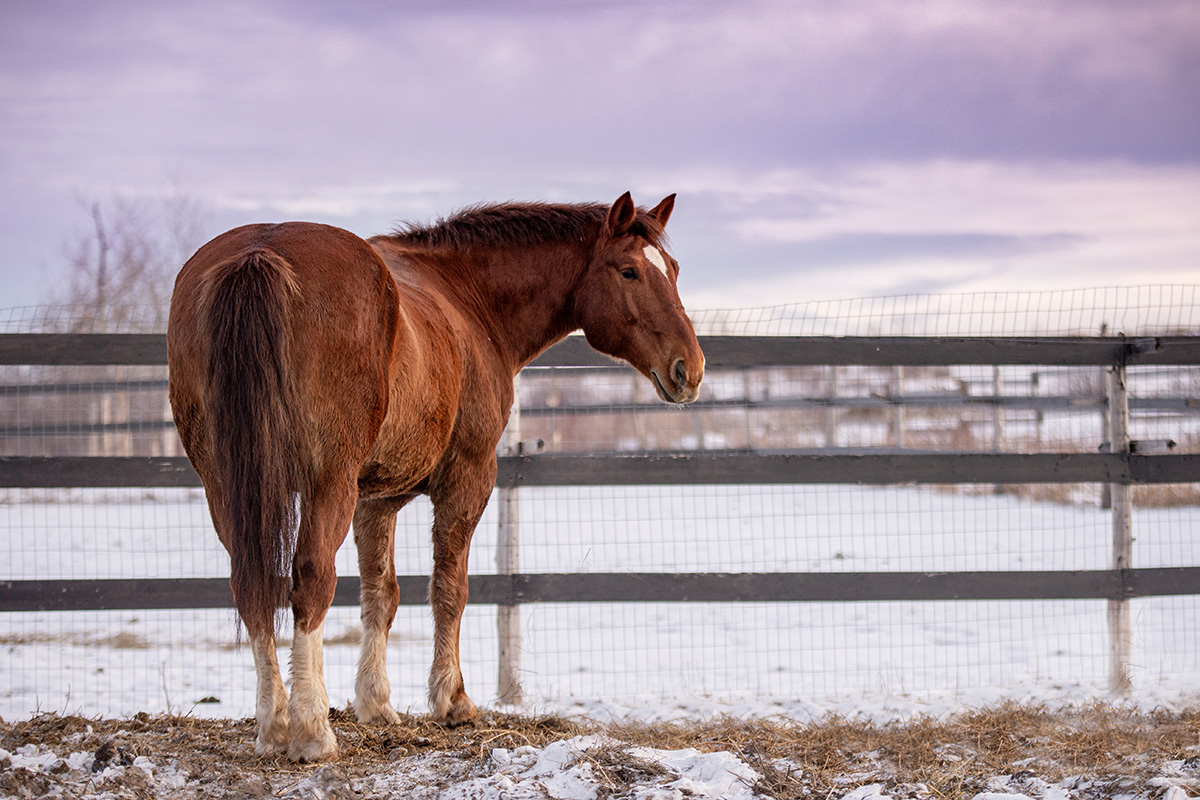
“Horses are grazing animals with a digestive track designed for small, frequent feedings,” says Kathleen Crandell, Ph.D., an equine nutritionist who works with Kentucky Equine Research. “When forage [grass or hay] is not available, this predisposes horses to gastric ulcers and can affect the microbial balance of the gut.”
Tips
- Whether your horse is turned out on pasture or you use a hay net or slow feeder, forage should be available most of the day and night.
- Horse owners should plan for the upcoming winter feed supply during the summer months to keep costs manageable.
2. Feeding Your Horse Too Much Concentrate
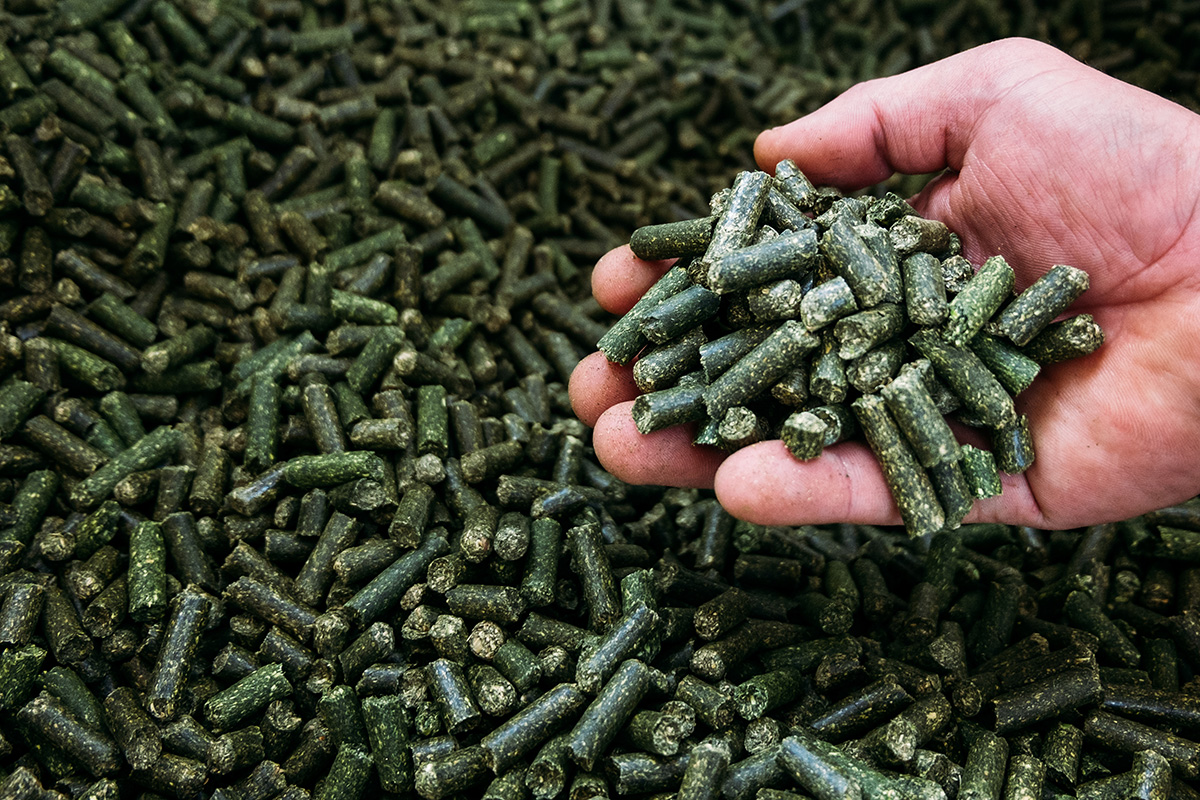
“When you feed more concentrate [grain] than hay, you disrupt the microbial balance because this causes a drop in pH in the hind gut,” says Crandell.
“Hay has a buffering effect on the hind gut. That’s why you want to be sure [to feed] a minimum of 1 percent” of the horse’s body weight in forage. For example, a 1,000-pound horse must eat a minimum of 10 pounds of hay per day.
“Ideally, we want them to get 1.5 percent of their body weight in forage,” she adds. This would be 15 pounds of hay for a 1,000-pound horse.
Tips
- Use a weight tape to keep track of your horse’s weight and feed them a ration of forage vs. concentrate accordingly.
3. Feeding Your Horse Too Much Grain at Once
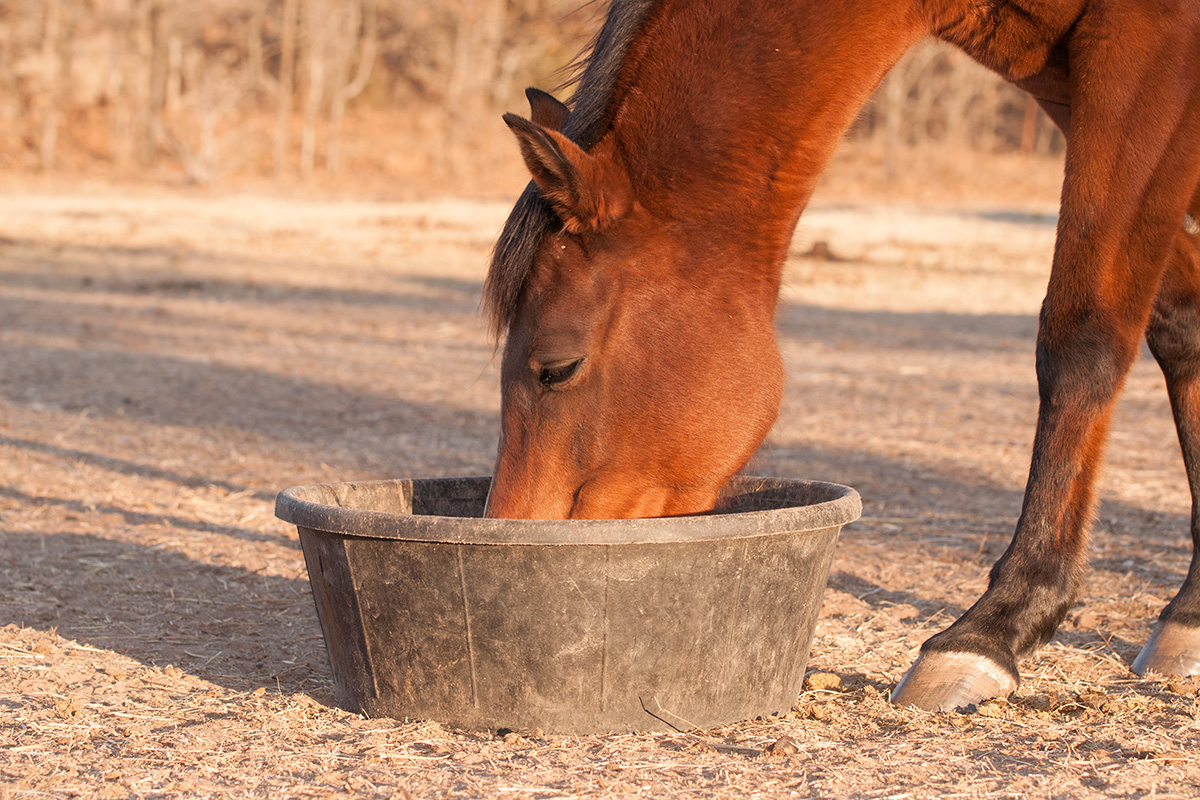
Don’t feed your horse more than 0.5 pounds of grain per 100 pounds of body weight at once. This means 5 pounds of concentrate is the most that can be given in one feeding to a 1,000-pound horse.
This applies to any type of concentrate, including pellets, grain and beet pulp.
“The horse’s stomach is relatively small and limited in capacity, so when you feed too much, it overloads the system,” says Crandell.
Too much feed won’t get exposed properly to the digestive juices, so it doesn’t get broken down as well.
4. Unevenly Spaced Feedings
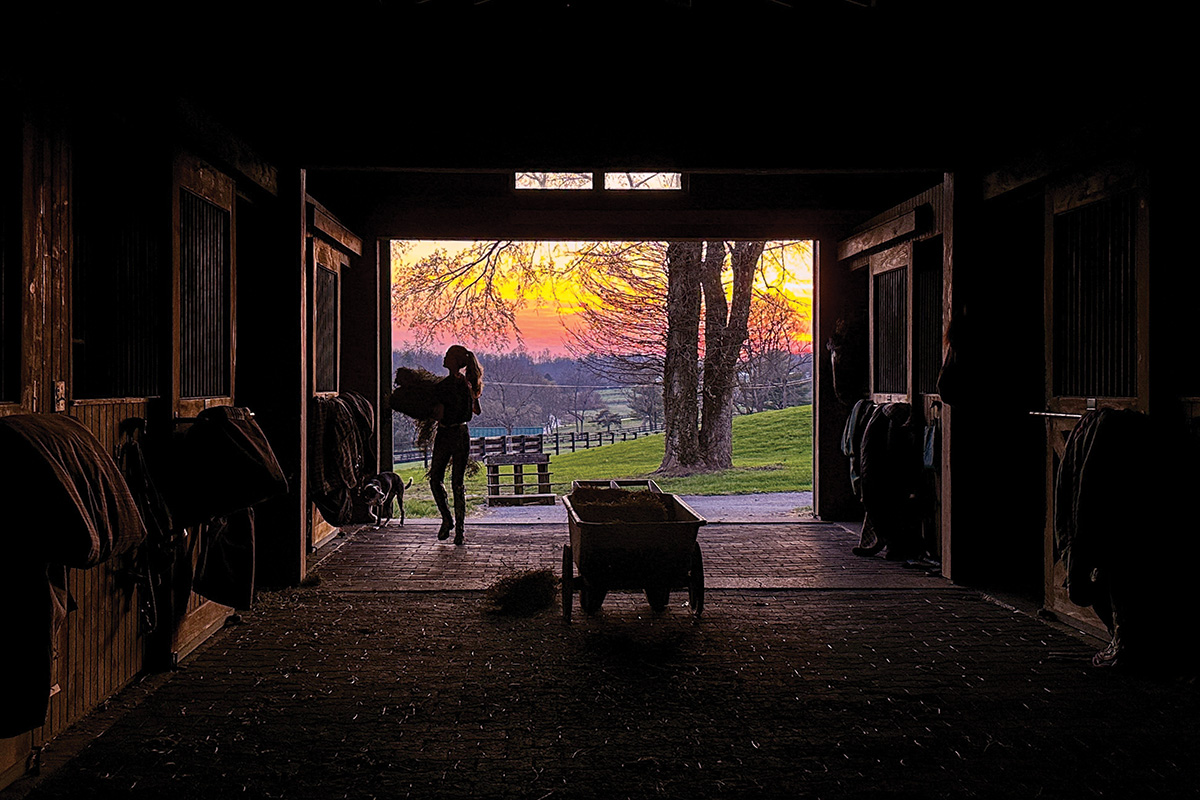
Many barns feed early in the morning and again in the afternoon, leaving only six or seven hours between day meals, but a long time overnight without food.
“Physiologically, it’s easier on the digestive tract to evenly space out feedings so the horse won’t have as much time with an empty stomach,” says Crandell. “If you have to feed larger amounts of grain, you want to break it into three meals a day, not just increase the amount given at two meals.”
Tips
- If you have the means, add a third meal time for your horse to break up feedings.
5. Not Following Label Directions
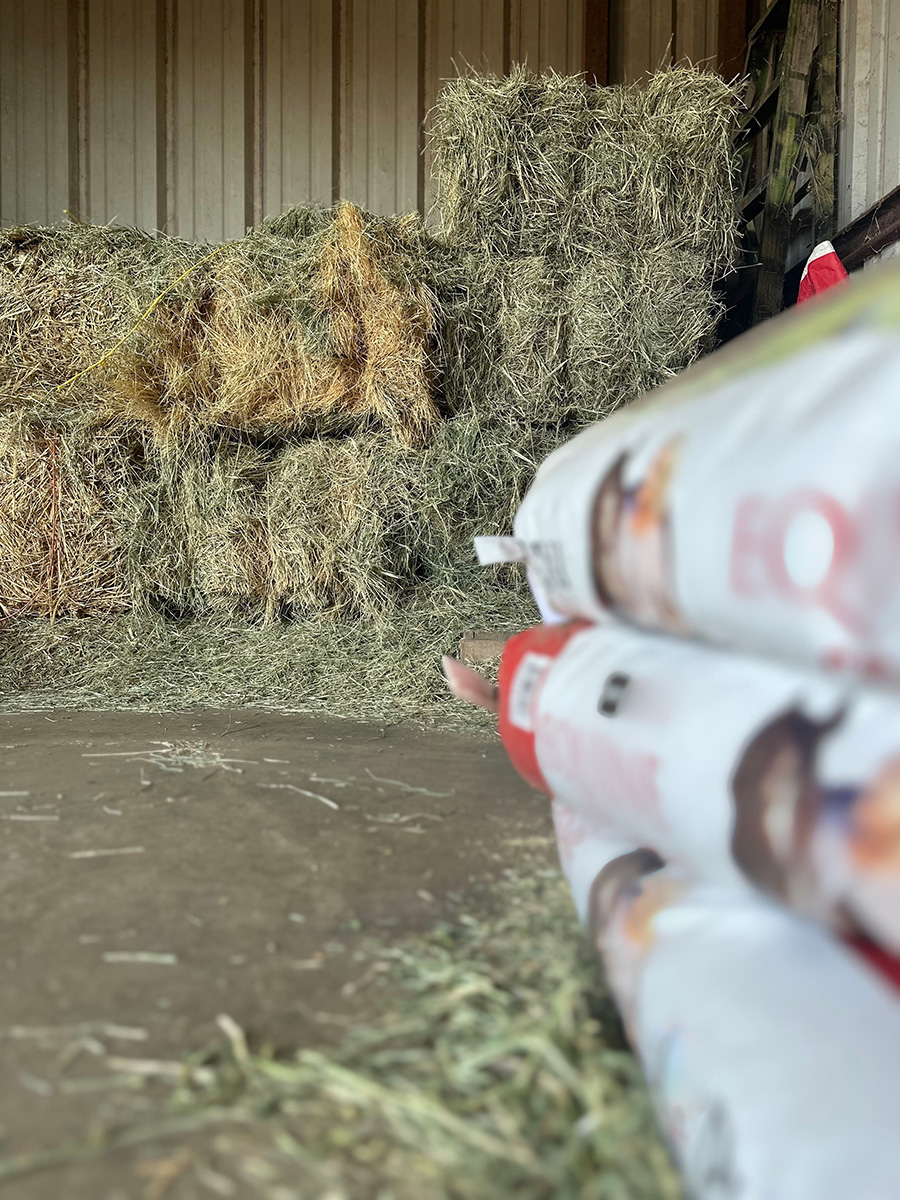
“Every bag has a recommended feeding amount,” says Crandell. “These amounts are suggested because of the way the product was formulated. These recommendations are in pounds or kilos, never ‘scoops.’ The best thing to do is weigh the feed to know how much you’re actually feeding. Many people feed less than the recommended amount and wonder why their horse isn’t maintaining weight, then they try adding a supplement, when they just need to feed according to label directions.”
6. Feeding Your Horse Only a Complete Feed
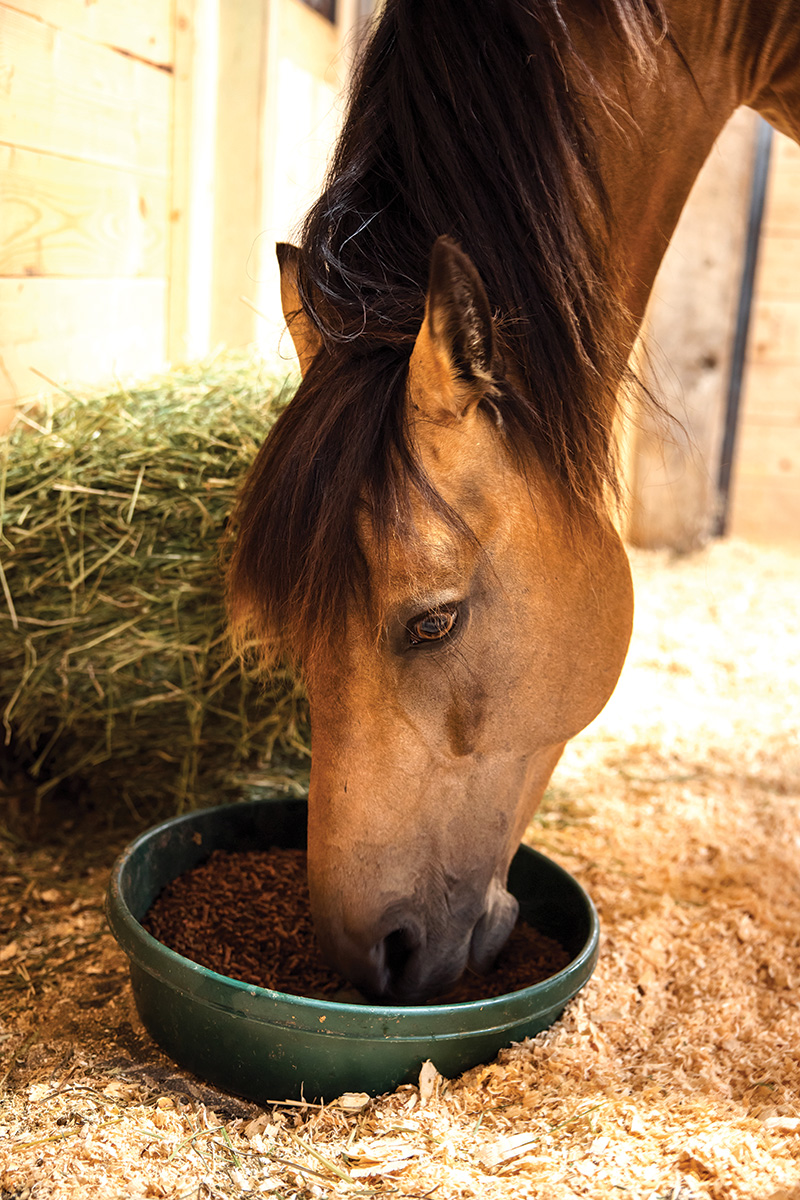
Complete feeds are popular, and even though senior feeds are designed to be a sole ration, the equine digestive tract still requires some long-stem forage to function properly.
Ask your vet if you’re concerned your horse can’t safely chew hay. For these horses, Crandell recommends soaking hay cubes or hay pellets in water. Bagged forage may also be an alternative.
7. Abrupt Feed Changes
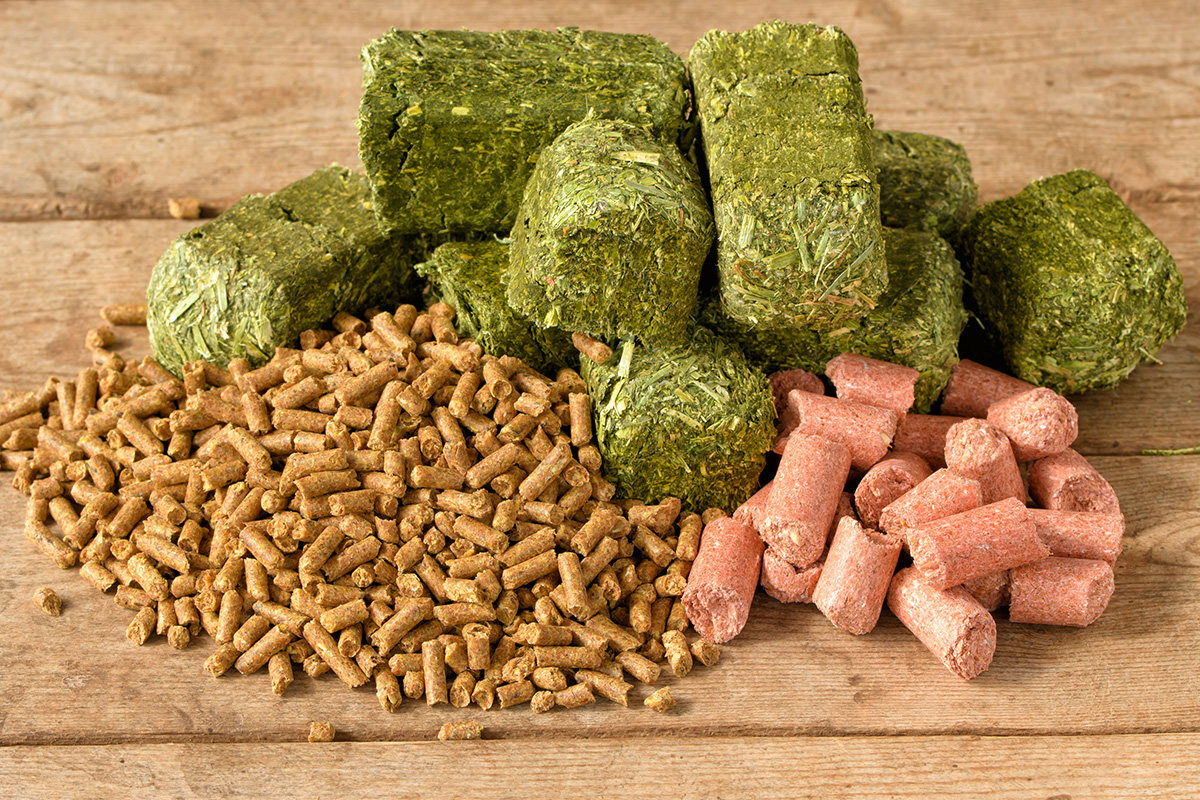
Any changes in concentrate or hay should be made gradually.
“Instead of just ‘cold turkey’ switching from one to another, do this over a week,” Crandell advises. “You can never be too careful when switching feed and hay. Changing hay is a risk factor that increases the chance of gastric upset. It’s really important if you’re changing to a totally different forage, such as from grass hay to legume hay or [to grass hay] mixed with alfalfa or clover, to make the transition slowly. This allows the gut microbes to gradually adjust to the new source.”
Make changes gradually by adding one-quarter of the new feed or hay to three-quarters of the old. Slowly increase the proportion of new feed over a week’s time until you’ve switched over entirely.
8. Too Much Sand/Dirt Consumption
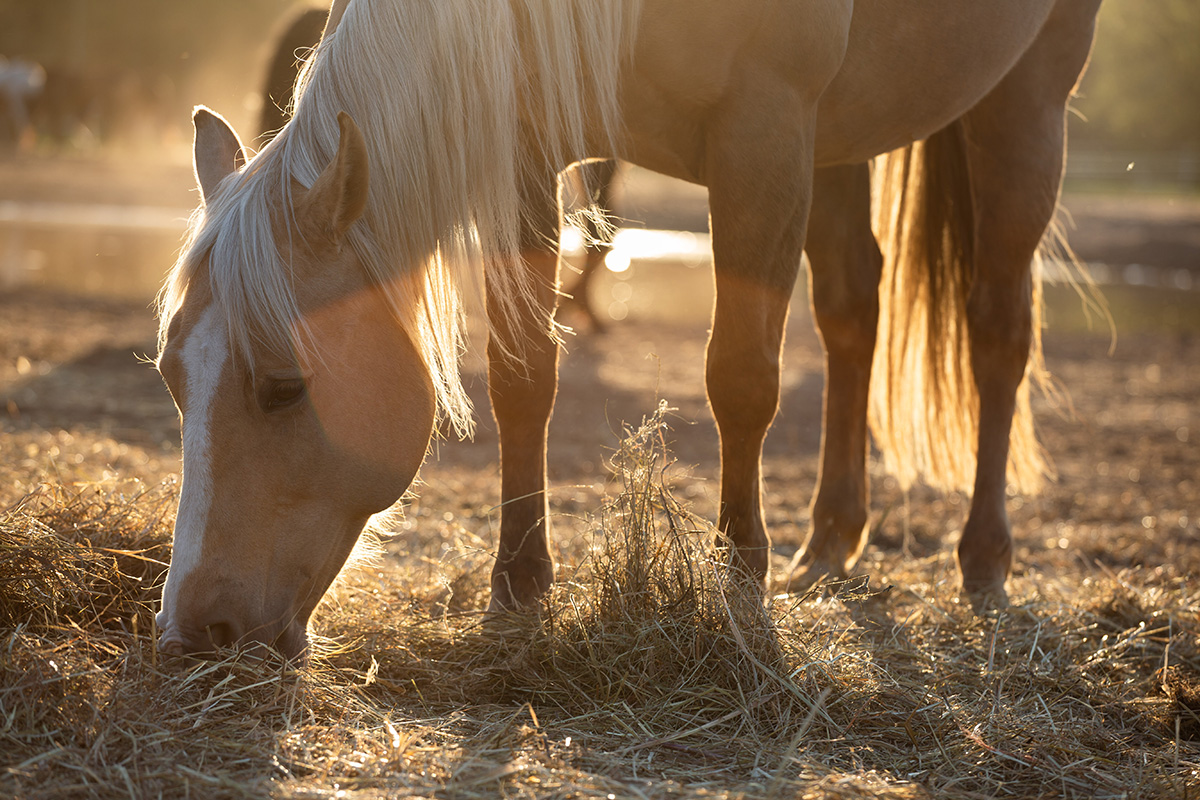
Horses can get a build-up of sand in the gut if hay is fed on the ground or they eat spilled feed.
“When horses eat hay—especially alfalfa with its tiny leaves—off the ground, they tend to ingest dirt, sand and debris, all of which can create inflammation and impaction in the digestive tract,” warns Crandell. Use bigger feeders with rubber mats underneath so spilled hay and feed don’t fall on the ground.
Non-Feed Risk Factors
Several other factors can increase risk of colic, and all are within a horse owner’s control.
1. Limited Exercise:
“Movement outside aids movement within,” says equine nutritionist Kathleen Crandell, Ph.D. “Moving around increases peristalsis [the involuntary constriction and relaxation of the muscles of the intestine, creating wave-like movements that push the contents of the canal forward], causing food to move through the digestive tract. When you don’t have peristalsis, food gets stagnant in the system, and that’s when horses colic.”
2. Reduced Water Consumption:
“Dehydration is one of the reasons for colic,” says Crandell, noting that horses need constant access to cool, fresh water year-round. Warm, algae-tainted water is common during hot weather, but makes horses less likely to drink adequate amounts.
3. Not Keeping up with Dental Care:
“Horses have to physically chew to produce saliva, which is needed to start the digestive process and also aids in the movement of food through the system,” says Crandell.
If the horse’s teeth can’t chew well and break down feed, this puts the horse more at risk of impaction colic as feed matter moves through the digestive tract. All horses should have an annual exam by an equine dental care provider.
Horse Feeding Mistakes: Key Takeaways
As a horse owner, it’s important to be aware of the mistakes you should avoid when it comes to feeding your horse. If needed, consult a veterinarian or equine nutritionist for personalized dietary advice.
Frequently Asked Questions About Feeding Horses and Preventing Colic
What factors can increase the risk of colic in horses?
Several factors can contribute to an increased risk of colic, many of which are within a horse owner’s control. These factors include lack of forage, too much consumption of sand, limited exercise, reduced water consumption, and neglecting dental care.
How does a lack of forage affect a horse’s risk of colic?
Horses are grazing animals, and their digestive systems are designed for small, frequent feedings. When forage (grass or hay) is not readily available, it can predispose horses to gastric ulcers and disrupt the microbial balance of the gut. It’s essential to ensure that forage is accessible to horses throughout the day and night, whether through pasture grazing, hay nets, or slow feeders.
This article about horse feeding mistakes appeared in the August 2022 issue of Horse Illustrated magazine. Click here to subscribe!




